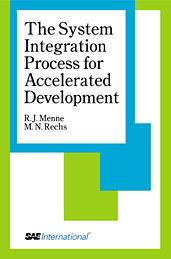Technical Paper
Year-Long Evaluation of Trucks and Buses Equipped with Passive Diesel Particulate Filters
2002-03-04
2002-01-0433
A program has been completed to evaluate ultra-low sulfur diesel fuels and passive diesel particulate filters (DPFs) in truck and bus fleets operating in southern California. The fuels, ECD and ECD-1, are produced by ARCO (a BP Company) and have less than 15 ppm sulfur content. Vehicles were retrofitted with two types of catalyzed DPFs, and operated on ultra-low sulfur diesel fuel for over one year. Exhaust emissions, fuel economy and operating cost data were collected for the test vehicles, and compared with baseline control vehicles. Regulated emissions are presented from two rounds of tests. The first round emissions tests were conducted shortly after the vehicles were retrofitted with the DPFs. The second round emissions tests were conducted following approximately one year of operation. Several of the vehicles retrofitted with DPFs accumulated well over 100,000 miles of operation between test rounds.

